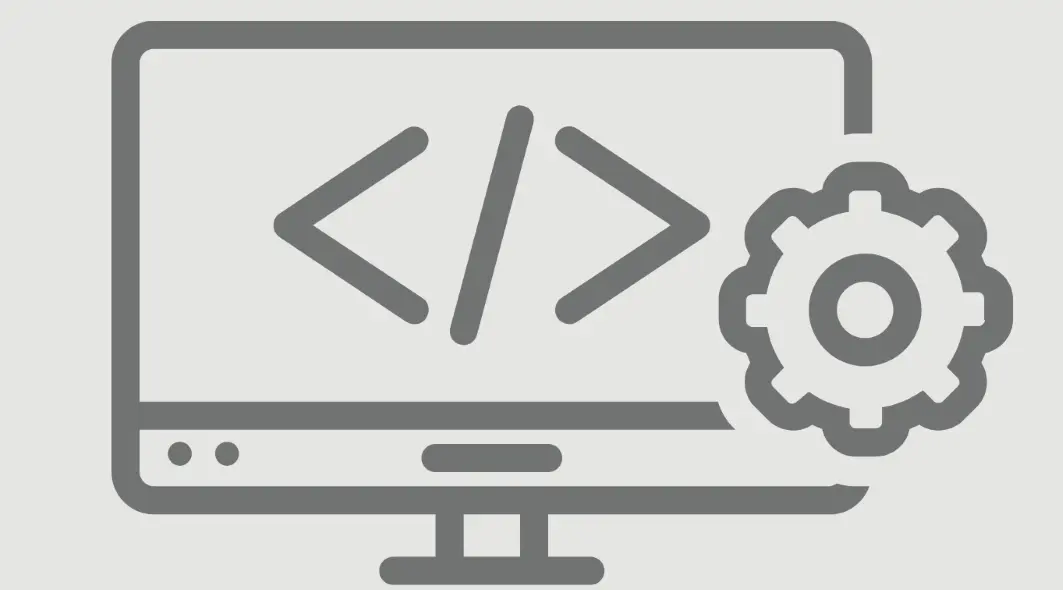Understanding Rapid Web Development

Rapid web development has become essential for businesses that need an online presence immediately. Whether you're looking to launch a product, host an event, or run a time-sensitive campaign, not every website needs to be permanent.
Rapid web development encompasses various types of quick-deploy websites, each designed for specific purposes and timeframes. Understanding the distinctions between these different approaches will help you choose the right solution for your immediate needs.
Temporary Websites for Events
Temporary event websites are designed to serve a specific purpose for a limited duration, typically ranging from a few weeks to several months. These sites focus on providing essential information and facilitating event-related activities before being retired once the event concludes.
Key Characteristics:
- Short lifespan tied to event dates
- Information-focused content
- Basic registration or ticketing functionality
- Mobile-responsive design for on-the-go access
Practical Examples:
A yoga studio hosting a weekend wellness retreat might create a temporary website to share instructor profiles, workshop schedules, meal plans, and accommodation details. The site would include packing lists, local hiking trail information, and a private Facebook group link for participants. Once the retreat concludes, the website is archived.
A small physical therapy clinic arranging a "Back Health Awareness Week" could deploy a temporary site featuring daily workshop schedules, presenter bios, free posture assessment bookings, and educational resources. The site might include password-protected areas for registered participants to access exercise videos and handouts.
An independent nutritionist running a 30-day detox challenge would use a temporary website to provide daily meal plans, shopping lists, progress tracking tools, and community forum access. The site remains active throughout the challenge period and for a few weeks afterward for final results sharing.
Pop-up Sites for Conferences
Conference pop-up sites are specialized temporary websites that require more sophisticated functionality than basic event sites. They're designed to handle complex scheduling, multiple speaker profiles, and interactive attendee features during the conference lifecycle.
Key Characteristics:
- Enhanced networking capabilities
- Real-time schedule updates
- Speaker and sponsor showcases
- Attendee interaction features
Practical Examples:
A regional wellness conference might deploy a pop-up site featuring holistic health practitioner profiles, workshop schedules with real-time updates, and attendee networking capabilities. The site could include virtual consultation booking for remote participants, downloadable resource libraries, and post-conference community access.
Mental health symposiums for small practices use pop-up sites to manage continuing education credits, provide secure access to case studies, and facilitate professional networking among local therapists and counselors. These sites often integrate with state licensing boards and include private discussion forums.
Small fitness expos create pop-up sites that showcase local gym owners, personal trainers, and wellness product vendors. The sites help visitors plan their day, book mini-sessions with trainers, and connect with local health businesses after the event ends.
Fast Campaign Landing Pages
Campaign landing pages are single-page websites designed to convert visitors into customers or leads as quickly as possible. These pages focus intensely on one specific call-to-action and are optimized for maximum conversion rates within tight campaign timelines.
Key Characteristics:
- Single conversion goal
- Minimal navigation to reduce distractions
- Strong visual hierarchy and compelling copy
- A/B testing capabilities for optimization
Practical Examples:
A massage therapy practice launching a new deep tissue specialty service might create a landing page featuring treatment benefits, before/after client testimonials, and a special introductory pricing offer. The page includes a prominent booking button and addresses common concerns about deep tissue massage intensity.
An independent health coach promoting a weight loss program uses a campaign landing page to capture leads for a free consultation. The page features client transformation photos, program overview, and a compelling call-to-action form that collects contact information and health goals.
A small wellness center introducing online meditation classes creates a landing page with class preview videos, instructor credentials, and limited-time enrollment pricing. The page focuses entirely on converting visitors to trial class registrations with minimal distractions.
Instant Microsites for Promotions
Promotional microsites are small, focused websites that support specific marketing initiatives while maintaining connection to the main brand website. These sites allow for creative freedom and targeted messaging without affecting the primary website's design or content strategy.
Key Characteristics:
- Brand-consistent but distinct design
- Content focused on specific products or campaigns
- Integration with main website and social platforms
- Analytics tracking for campaign measurement
Practical Examples:
A chiropractor's office creates a promotional microsite for "Posture Awareness Month" featuring spine health tips, ergonomic workplace setup guides, free posture assessment tools, and appointment scheduling. The microsite maintains the practice's branding while focusing specifically on posture-related services and education.
An acupuncture clinic launches a microsite promoting their new fertility support program, complete with treatment explanations, success stories, insurance information, and initial consultation booking. The site provides detailed information about this specialized service without overwhelming the main practice website.
A small wellness boutique develops a promotional microsite for their new line of organic skincare products, featuring ingredient spotlights, customer reviews, skin type quizzes, and exclusive online ordering. The microsite allows for creative product photography and detailed ingredient education separate from their general wellness content.
Choosing the Right Rapid Web Development Approach
The success of your rapid web development project depends on selecting the appropriate type based on your specific needs, timeline, and budget. Temporary event websites work best for straightforward information sharing, while conference pop-up sites require more complex functionality. Campaign landing pages excel at driving specific actions, and promotional microsites offer the most flexibility for creative marketing initiatives.
Regardless of which approach you choose, rapid web development provides an opportunity for your business to respond quickly to opportunities, test new ideas, and engage audiences without the time and resource investment required for traditional website development. By understanding these different categories and their applications, you can make informed decisions that support your immediate digital marketing objectives while maintaining professional standards and user experience quality.